Symbiota Hub Joins iDigBio as 6th Domain
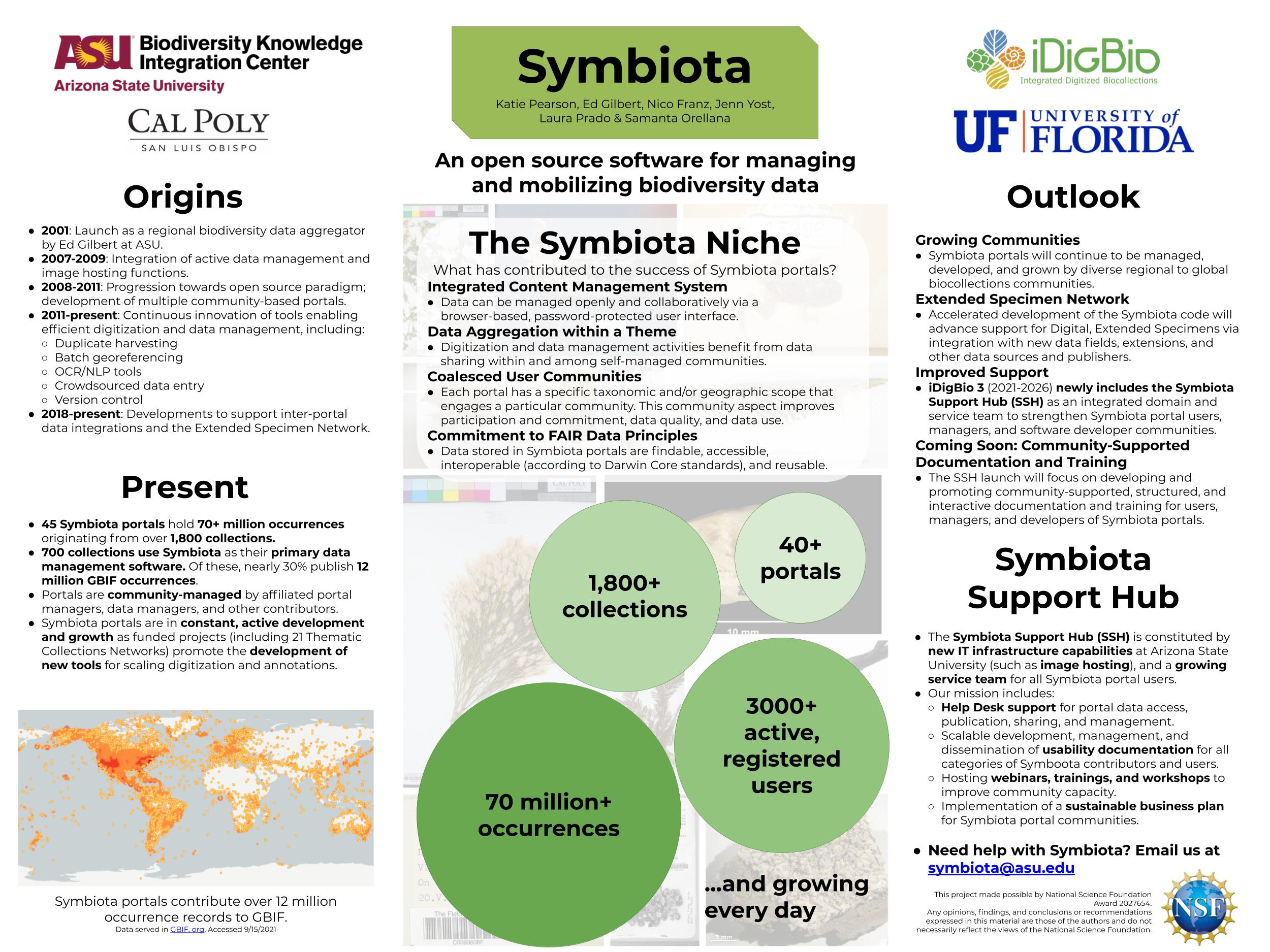

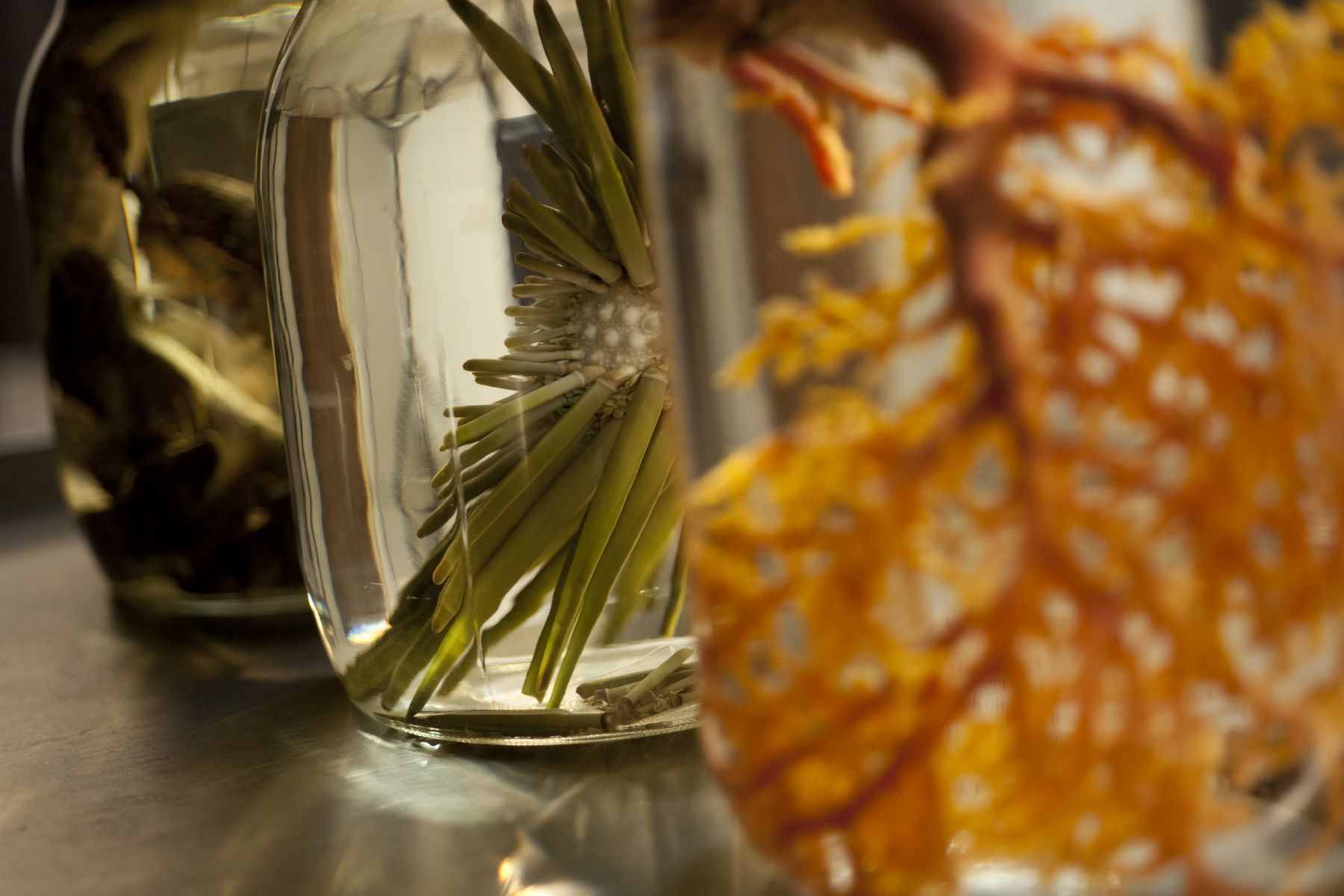 Digitizing specimens allows scientists, educators and others to find and use valuable biological information, making data previously stored only on printed specimen labels available to anyone with Internet access. Florida Museum Photo by Kristen Grace.
Digitizing specimens allows scientists, educators and others to find and use valuable biological information, making data previously stored only on printed specimen labels available to anyone with Internet access. Florida Museum Photo by Kristen Grace.
A team of Florida State University researchers has received a $200,000 grant from the National Science Foundation to create a global data set on the horseshoe bat, a possible source of the novel coronavirus plaguing nations worldwide.
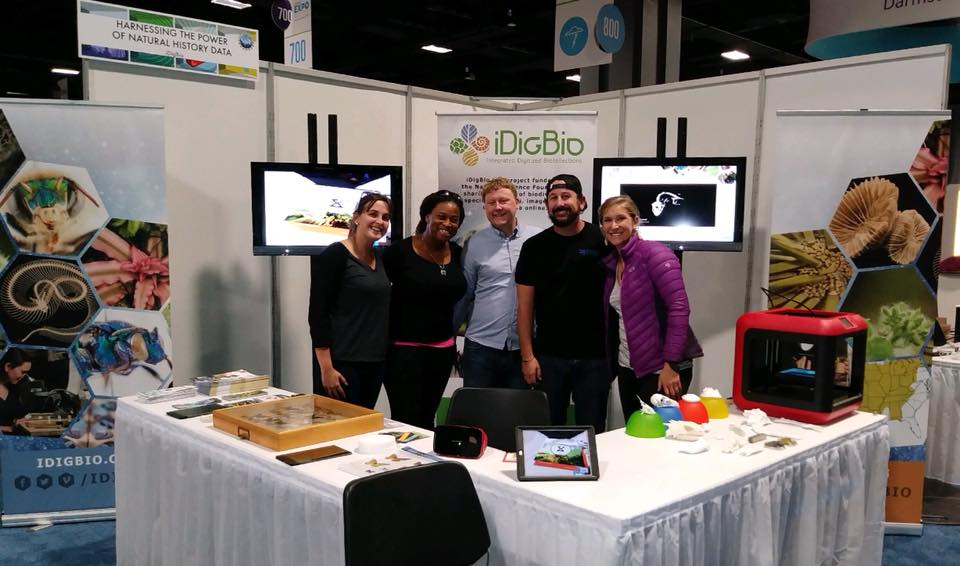
An estimated 1.8 million named species of organisms exist on Earth today and many more are now extinct. This rich diversity is documented through research collections of fossil and extant organisms housed in natural history museums, universities, field facilities, botanical gardens, state surveys, and other institutions maintaining collection facilities.
Are you preparing a project proposal for the Advancing Digitization of Biodiversity Collections (ADBC) program? Visit the National Science Foundations Blog for the Division of Biological Infrastructure to find information regarding ADBC budget justifications & decisions.
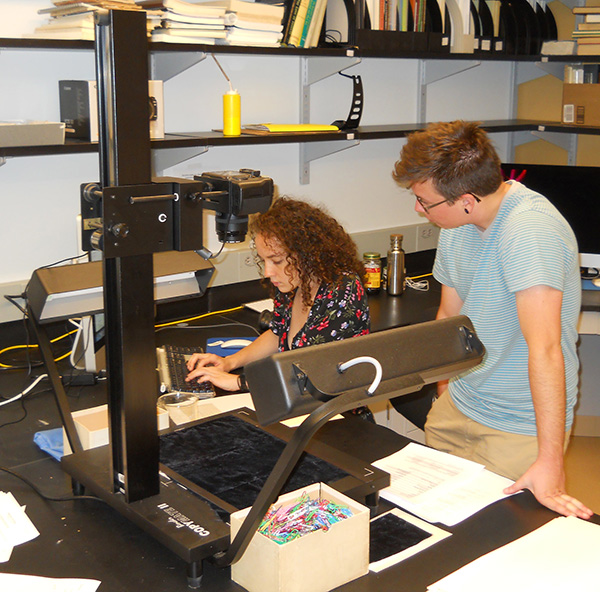
Alex Kuhn (of the University of Illinois) instructs Patty Kaishian (of Syracuse University) on how to enter label data from microfungi specimens. Their work is part of the Microfungi Collections Consortium, funded through the ADBC program. Credit: Andrew N. Miller, Illinois Natural History Survey, University of Illinois
A new University of Florida and Duke University collaboration aims to do for the tree of life what Google Earth did for navigation.
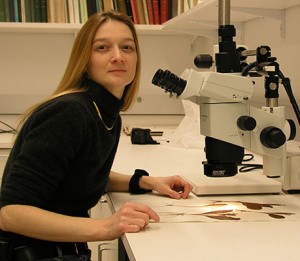
Photo courtesy of Reed Beaman.
|
|
National Science Foundation Directorate for Biological Sciences |

Potential entrants to the Beyond the Box competition have been asking questions regarding rules and other specifics to the competition. The Beyond the Box team have responded by creating a FAQ section on the website and sending out the following update:

Photo provided by Central Michigan University / Steve Jessmore
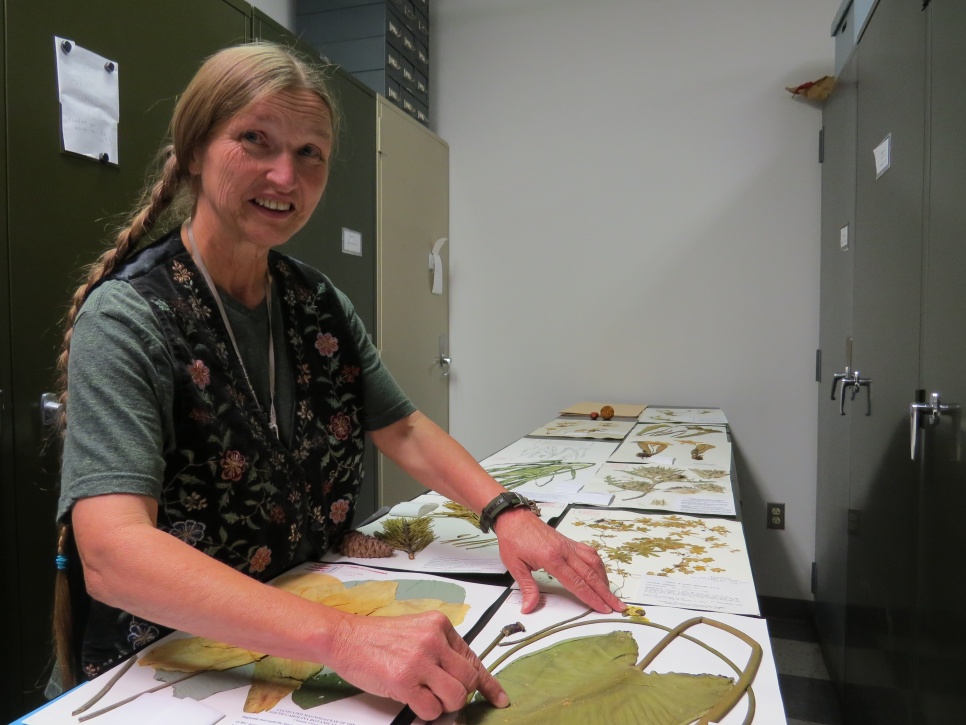
Dixie Damrel, Clemson University Herbarium curator, displays some of the 100,000-plus dried plant specimens in the collection. Image Credit: P. Kent/Clemson University.
The Times and Democrat released an article Sunday (October 26, 2014), that highlights the Clemson University Herbarium’s involvement in an NSF funded, four year project to digitize herbarium specimens.
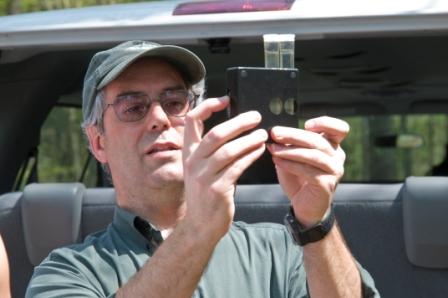
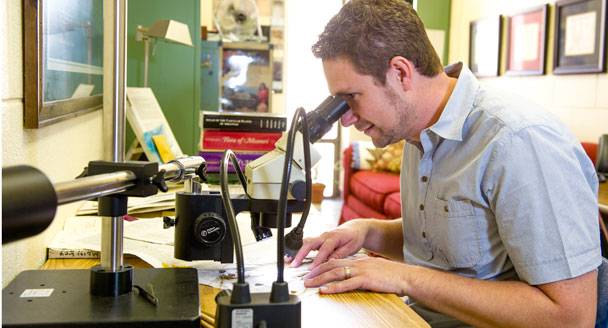
Dr. Travis D. Marsico, by Andrew Ferguson/A-State Marketing and Communications.
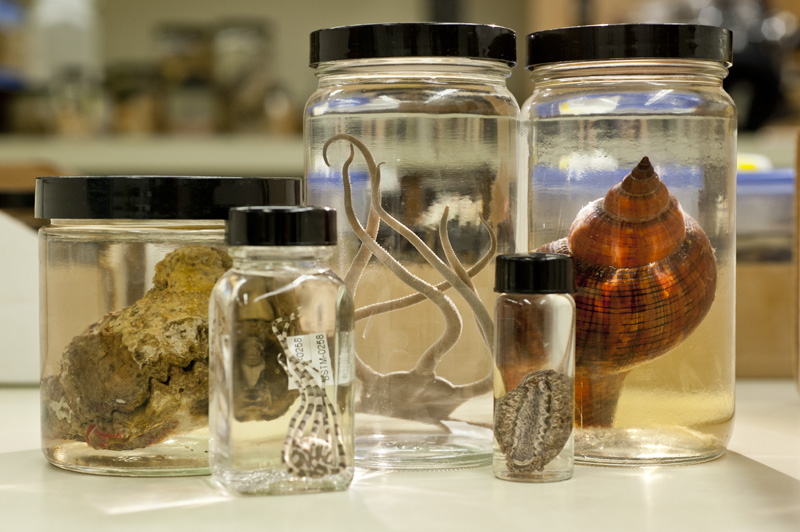
NSF’s Directorate for Biological Sciences’ (BIO) Postdoctoral Research Fellowships in Biology (PRFB) Solicitation was recently published for 2015. The fellowships will be awarded to 40 recent recipients of their doctoral degree for research and training in three selected areas.
The three selected areas for fiscal year 2015 are:
“A deeper understanding of life on Earth in the past can help us predict and possibly mitigate the worst impacts of climate change in the future.”- Barbara M. Theirs
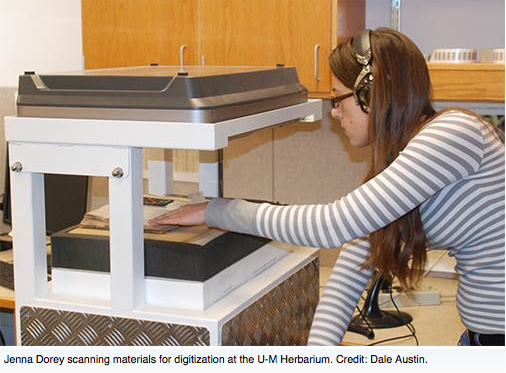
Two of the six NSF grants recently awarded through the Advancing Digitization of Biodiversity Collections Program involve collaborators from the Department of Ecology and Evolutionary Biology at the University of Michigan.
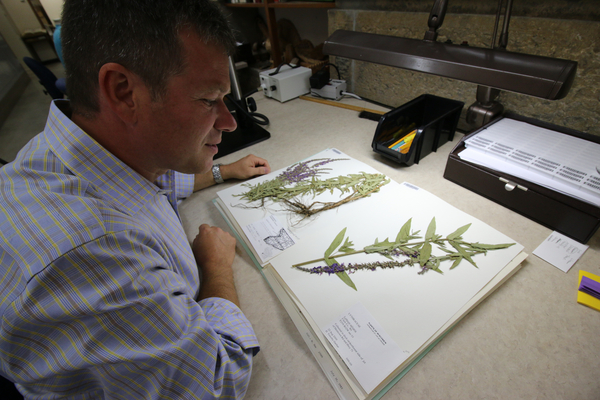
Kenneth Cameron, director of the Wisconsin State Herbarium
Photo: David Tenenbaum/University of Wisconsin-Madison
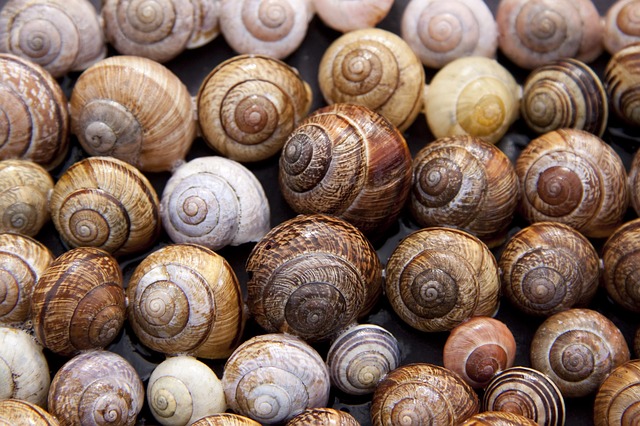
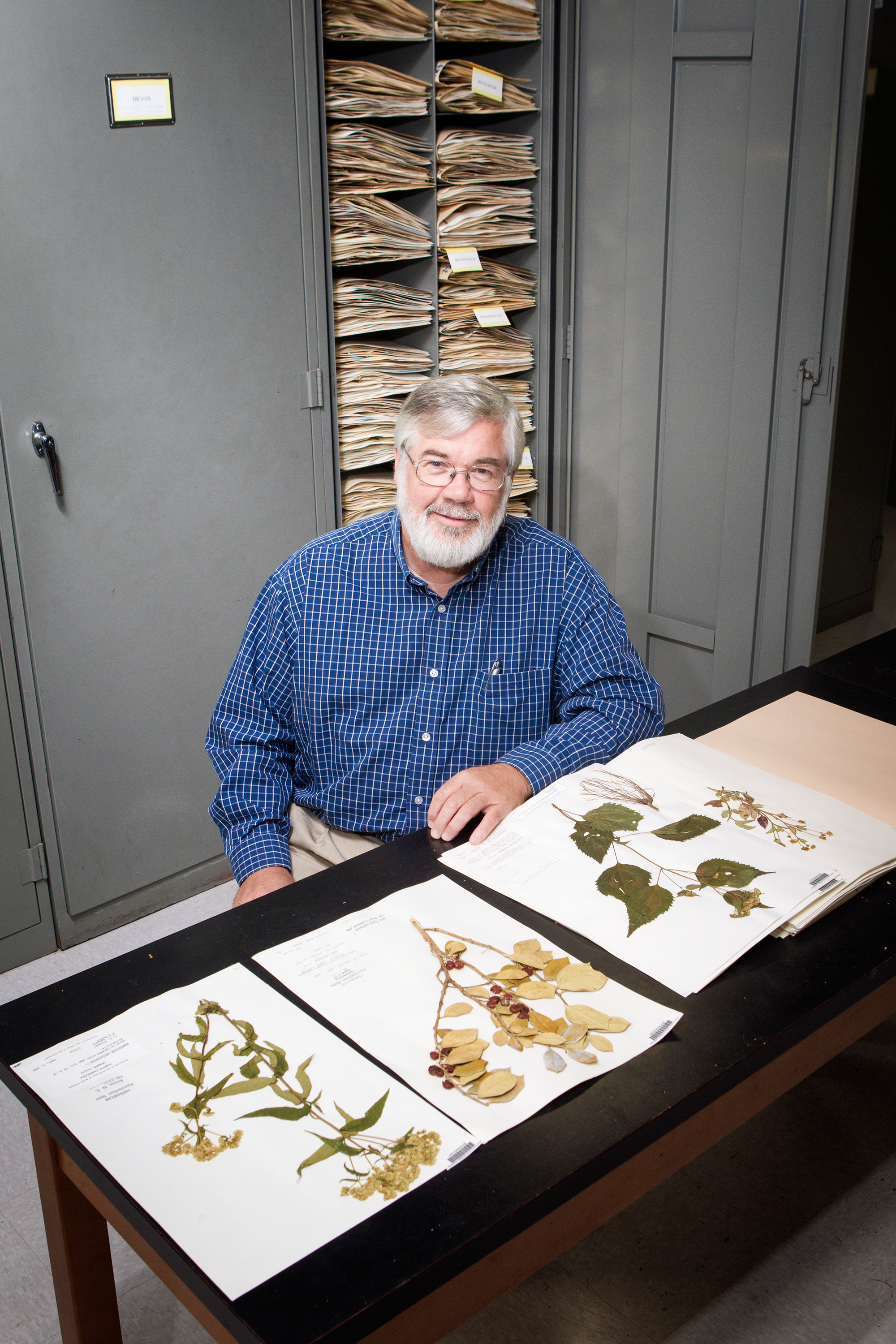
Zack E. Murrell, a professor at Appalachian State University, was given recognition in an article released by Appalachian State University, University News for receiving an NSF grant for $2.5 million dollars to digitize and create a database for more than 3 million plant specimens across the Southeast.
"The Beyond the Box Digitization Competition will award $1 million to the person or team who creates a technology that increases the speed and accuracy of digitization of a drawer of insect specimens and their associated data. The competition is a joint project of the U.S. National Science Foundation and the American Institute of Biological Sciences."
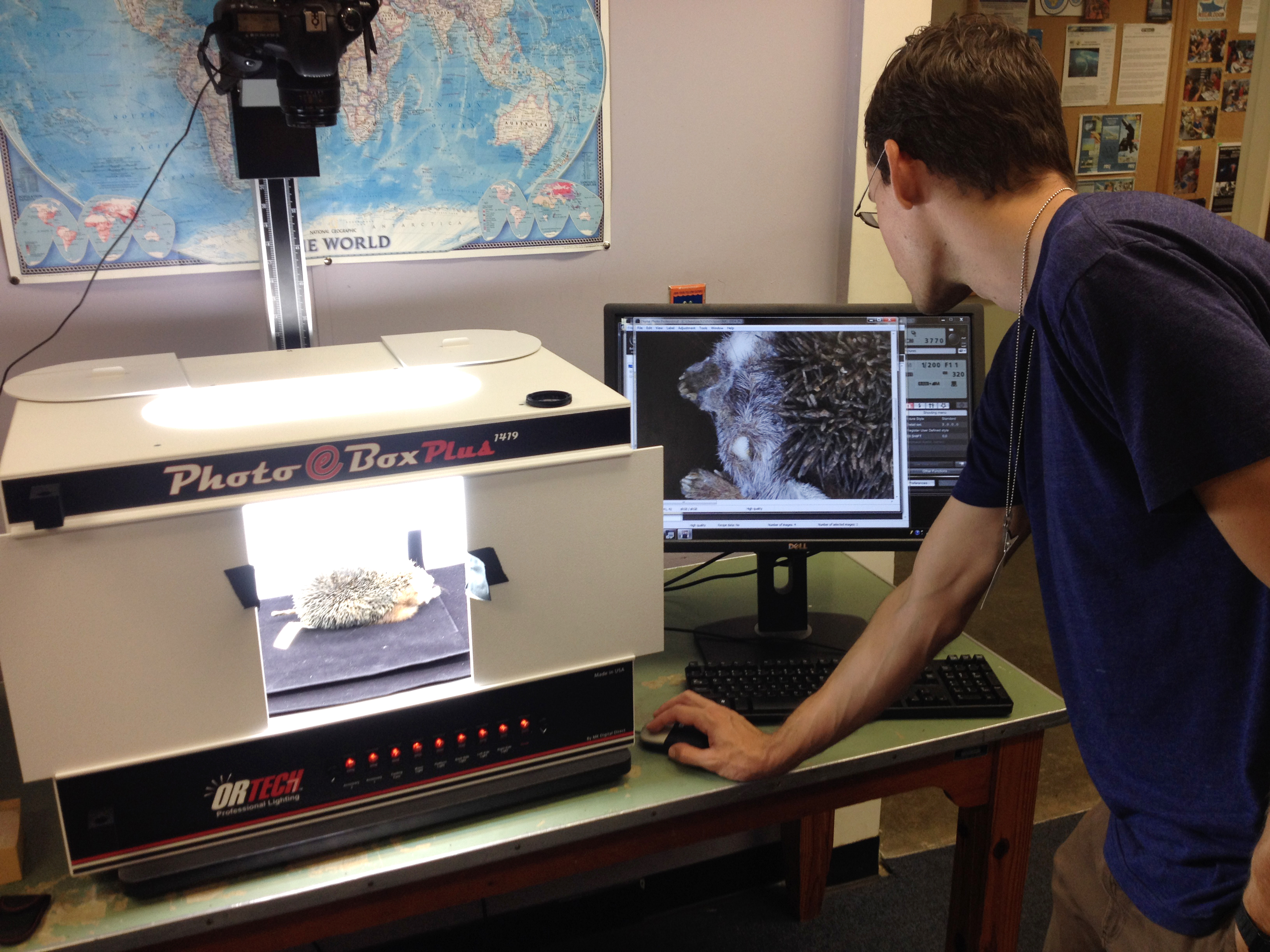
Florida Museum of Natural History research assistant Zachary Randall uses an imaging system to photograph a skin of Brandt’s Hedgehog, Paraechinus hypomelas, so the digitized specimen can be accessed online.
Florida Museum of Natural History photo by Rob Robins
Press Release 13-135
NSF Awards Third Round of Grants to Advance Digitization of Biodiversity Collections
![]()
The National Science Foundation has recently published its Collections in Support of Biological Research(CSBR) Solicitation.
The Collections in Support of Biological Research (CSBR) Program provides funds: 1) for improvements to secure, improve, and organize collections that are significant to the NSF BIO-funded research community; 2) to secure collections-related data for sustained, accurate, and efficient accessibility of the collection to the biological research community; and 3) to transfer collection ownership responsibilities.
On 19 March, NSC Alliance submitted testimony to the Senate Appropriations Subcommittee on Commerce, Justice, Science, and Related Agencies. The testimony was in support of funding the National Science Foundation (NSF).
The testimony highlighted the contributions of NSF’s Biological Sciences Directorate (BIO) to science, education, and research infrastructure.
The National Science Foundation's Advancing Digitization of Biodiversity Collections (ADBC) program seeks to enhance and expand the national resource of digital data documenting existing vouchered biological and paleontological collections and to advance scientific knowledge by improving access to digitized information (including images) residing in vouchered scientific collections across the United States.